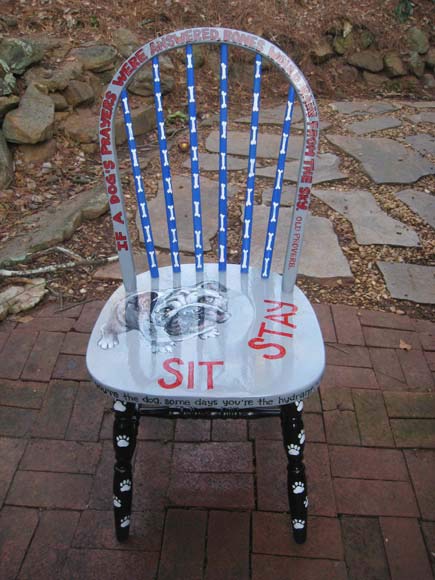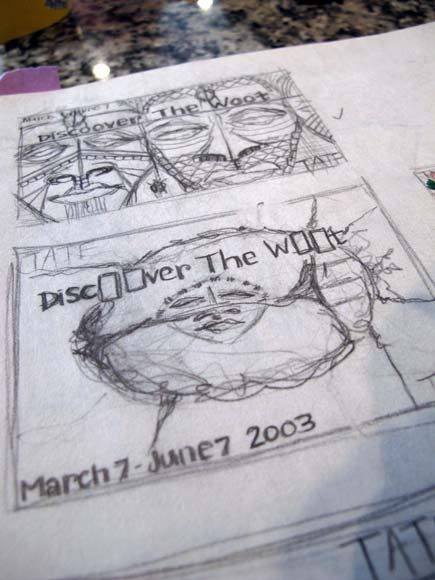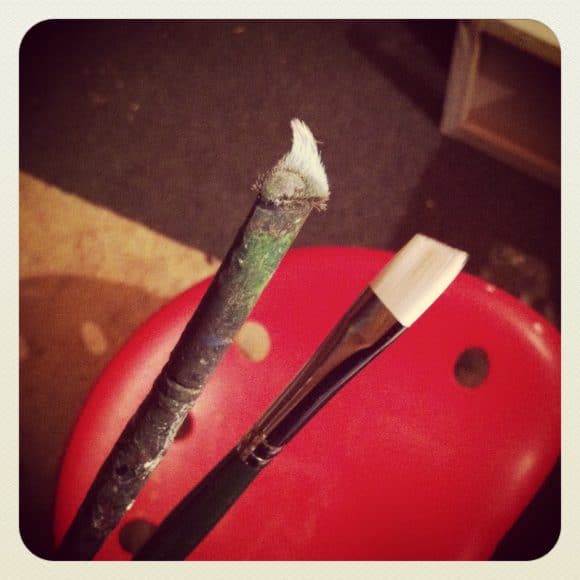Art For Charity: Donating Art From An Artists Perspective
Most artists are extremely charitable people. It goes along with the profession; there is a certain degree of feeling and emotion in everything we create as artists and in the way many artists view the world around us. Worthwhile causes strike a cord and tug at the heartstrings of most of us (many of you know that I’m a sucker for helpless animals among other amazing causes). There are so many fabulous charities that make such a big difference that turn to artists for much needed fundraising efforts and artists are often happy to give what they can. Art raises an astonishing amount of money for some extremely worthwhile charities. This post is for both artists and for those who seek art for charity fundraising.
The Huffington Post posted an interesting article last year: “The Career Benefits of Boycotting Charity Art Auctions.” Although the title sounds a bit harsh to the giving soul I think that it is a must read for artists and even for charities to understand potential unintended consequences. In the midst of giving, the artist needs to consider the effect of the value on his or her artwork of having the artwork sell for such deflated prices. Some artists do not depend on art income and are not concerned with appreciating value. Many of these artists are content with creating and giving; the art of charity works very well for them. Some artists depend on income from their art and strive both to create work that appreciates in value and to create increased demand for their artwork. Are those artists doing a disservice to their business if they donate a large quantity of artwork to charities which in turn auctions off for much less than retail value? I have actually had a few people tell me in so many words that they would love to have a piece of my artwork but they think that they can get it for less at the upcoming charity auction. In one way that makes me smile because I know that a worthwhile charity is being supported and in another way it stings a bit knowing that in the giving I might be sacrificing sales that would make a big difference in my business. To add to the article’s message, most of the “new business” generated at charity auctions is more donation requests from different organizations scouting charitable artists! Also mentioned in the article is reasonable advice for artists in that giving a percent of sales to favorite charities is a happy alternative to donating artwork. At the same time, it is understandable that charities often need enticing items for sale, auction or raffle at their fundraising events.
Tax Deductions For Artists
Artists cannot take a tax deduction for the value or even auction price of art donations. We can write off the materials (and by the time we go back in the records to see the exact cost of canvas, 1/4 tube of red. 1/2 tube of black and so on, the nominal deduction is not worth the time) but that’s all. Not many people realize that. Actually, I didn’t even realize that initially! I remember many many years ago when I finally decided to write off the artwork I donated, I took the forms and receipts to my accountant and realized that they don’t count. I think that it is important for those seeking art donations for charity to realize that the artist does not have the same opportunity to deduct a non-cash donation. Often when I am approached about donations the first thing mentioned by the person asking is that the non-profit is registered and that all donations are tax deductible. Unfortunately they don’t realize that art by the artists is the exception and I certainly do not fault people for not knowing that. A Jeopardy question on that fact would stump most people!

There are many individuals and charities that bend over backwards to support the artists who support their cause and I am amazed by the charity of many of the causes in giving back to the artists (perhaps they realize that the sacrifice of giving art can be great). They find ways to help the artists because as the article above pointed out, a bio at a charity auction rarely generates new business. I have either seen or experienced individuals/charities “giving back” to artists by purchasing from artists for personal shopping or when a budget allows purchases (this is actually a pretty big deal, as artists/businesses like to feel that if their goods/services are good enough for the charity to request for donation then those things ideally should be good enough to purchase if a budget is ever available), creating trades with artists for useful goods/services, giving event tickets to the artists (artists are often not present at events to which they donated art because the tickets are usually too expensive for the average artist’s budget), promoting artists through articles/marketing and even having shows/openings for artists. This actually goes for any business that donates to charity; it creates a great feeling when the charity finds ways to “scratch the back” of those individuals and businesses that donate to their cause. It also creates more repeat donors!
I have worked with an amazing gallery, school and arts organization that give a good percentage of the selling/auction price back to the artists (most of the time it is 30 – 50%). Here is a wonderful article that touches on that same subject. As the article suggests, when organizations give a percentage back to the artists it creates an overwhelming feeling of good will (although the artist usually will not get a substantial amount we are happy that it is not a total monetary loss and that the rest of it went to support a fabulous cause) and it raises the quality of artwork donated substantially. It is not a selfish or greedy thing that artists shy away from donating their very best work when there is no monetary return; we have to make ends meet and it does not make sense to donate a lot of pieces likely to sell either in studios or galleries. As the article says, artists can go broke donating art! The article suggests that artists create a contract with charities that do not already do this (and vast majority do not); it is a brilliant idea. When charities adopt this policy with artists I genuinely believe they reap the benefits of doing so many times over.
The Requests For Donations Is Overwhelming
It is often overwhelming to have so many requests for donations. I hate saying no. I admit that I am not good at “no” nor am I good at giving charities the 50% contract. It goes without saying that I don’t fault the kind hearts who ask artists for donations in the least; the majority of people who ask for donations are themselves donating precious time and energy into a wonderful cause dear to them. And many artists have charities we give to without hesitation and without any “payback” because we are extremely passionate about the difference those charities make.
I hope that in my ramblings the message of the importance of and admiration for both charities and artists is obvious. Here’s to the many amazing charities out there doing amazing work and making such a difference in our communities! And here’s to the many giving artists who make a difference in so many ways with their art!


I agree, it can be overwhelming to get so many requests for donations. However, now that we ask for either 50% of the sale, or a flat payment to cover our expenses, it’s become more pleasant for us. The charities that are willing to compensate us will receive beautiful art that they will make money off of. Everyone wins!
Thank you very much, Maria! Your original article has helped me greatly; I appreciate your advice and wisdom more than I can express. I live in a community with a lot of charities and people who are passionately involved with those charities (it is wonderful!); it is my hope that people will start to understand the artist’s predicament of losing money/value and be more open to allowing the artists to have some sort of return or reimbursement.